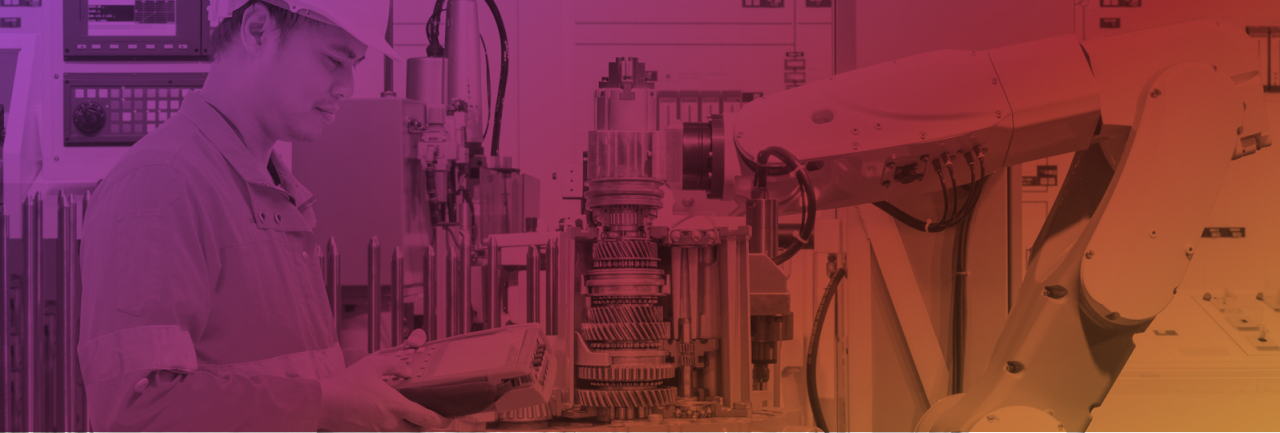
The Ethics of AI and Emotional Intelligence
About the Paper
About The Paper
2019 seemed to mark a turning point in the deployment and public awareness of artificial intelligence designed to recognize emotions and expressions of emotion. The experimental use of AI spread across sectors and moved beyond the internet into the physical world. Stores used AI perceptions of shoppers’ moods and interest to display personalized public ads. Schools used AI to quantify student joy and engagement in the classroom. Employers used AI to evaluate job applicants’ moods and emotional reactions in automated video interviews and to monitor employees’ facial expressions in customer service positions.
It was a year notable for increasing criticism and governance of AI related to emotion and affect. A widely cited review of the literature by Barrett and colleagues questioned the underlying science for the universality of facial expressions and concluded there are insurmountable difficulties in inferring specific emotions reliably from pictures of faces. Barrett, L. F., Adolphs, R., Marsella, S., Martinez, A. M., & Pollak, S. D. (2019). Corrigendum: Emotional Expressions Reconsidered: Challenges to Inferring Emotion From Human Facial Movements. Psychological Science in the Public Interest, 20(3), 165–166. https://doi.org/10.1177/1529100619889954 The affective computing conference ACII added its first panel on the misuses of the technology with the aim of increasing discussions within the technical community on how to improve how their research was impacting society. ”Valstar,. 8th International Conference on Affective Computing & Intelligent Interaction, Cambridge, United Kingdom.”] Surveys on public attitudes in the U.S. Only 15% of Americans polled said it was acceptable for advertisers to use facial recognition technology to see how people respond to public advertising displays. It is unclear whether the 54% of respondents who said it was not acceptable were objecting to the use of facial analysis to detect emotional reaction to ads or the association of identification of an individual through facial recognition with some method of detecting emotional response. See Smith, A. (2019, September 5). More than half of U.S. adults trust law enforcement to use facial recognition responsibly. Pew Research Center. https://www.pewresearch.org/internet/2019/09/05/more-than-half-of-u-sadults-trust-law-enforcement-to-use-facial-recognition-responsibly/ and the U.K. ”Only, 11. Retrieved from https://www.adalovelaceinstitute.org/wp-content/uploads/2019/09/Public-attitudes-to-facial-recognition-technology_v.FINAL_.pdf”] found that almost all of those polled found some current advertising and hiring uses of mood detection unacceptable. Some U.S. cities and states started to regulate private ”SB-1121 and Senate bill S5687 [proposed New York state] https://legislation.nysenate.gov/pdf/bills/2019/S5687″] and government ”. https://malegislature.gov/Bills/191/S1385/Bills/Joint and AB-1215 Body Camera Accountability Act [Bill enacted in CA] https://leginfo.legislature.ca.gov/faces/billCompareClient.xhtml?bill_id=201920200AB1215.”] use of AI related to affect and emotions, including restrictions on them in some data protection legislation and face recognition moratoria. For example, the California Consumer Privacy Act (CCPA), which went into effect January 1, 2020, gives Californians the right to notification about what kinds of data a business is collecting about them and how it is being used and the right to demand that businesses delete their biometric information. The CCPA gives rights to California residents against a corporation or other legal entity operating for the financial benefit of its owners doing business in California that meets a certain revenue or data volume threshold. SB-1121 California Consumer Privacy Act of 2018, AB-375 (2018). https://leginfo.legislature.ca.gov/faces/billTextClient.xhtml?bill_id=201720180SB1121 Biometric information, as defined in the CCPA, includes many kinds of data that are used to make inferences about emotion or affective state, including imagery of the iris, retina, and face, voice recordings, and keystroke and gait patterns and rhythms. California Consumer Privacy Act of 2018, AB-375 (2018).
All of this is happening against a backdrop of increasing global discussions, reports, principles, white papers, and government action on responsible, ethical, and trustworthy AI. The OECD’s AI Principles, adopted in May 2019 and supported by more than 40 countries, aimed to ensure AI systems would be designed to be robust, safe, fair and trustworthy. Forty-two countries adopt new OECD Principles on Artificial Intelligence. OECD. Retrieved March 22, 2019, from https://www.oecd.org/science/forty-two-countries-adopt-new-oecd-principles-on-artificial-intelligence.html In February, 2020, the European Commission released a white paper, “On Artificial Intelligence – A European approach to excellence and trust”, setting out policy options for the twin objectives of promoting the uptake of AI and addressing the risks associated with certain uses of AI. European Commission. White paper On artificial intelligence – A European approach to excellence and trust, 1. https://templatearchive.com/ai-white-paper/ In June 2020, the G7 nations and eight other countries launched the Global Partnership on AI, a coalition aimed at ensuring that artificial intelligence is used responsibly, and respects human rights and democratic values. Joint statement from founding members of the global partnership on artificial intelligence. Government of Canada. Retrieved July 23, 2020, from https://www.canada.ca/en/innovation-science-economic-development/news/2020/06/joint-statement-from-foundingmembers-of-the-global-partnership-on-artificial-intelligence.html
At its best, if artificial intelligence is able to help individuals better understand and control their own emotional and affective states, including fear, happiness, loneliness, anger, interest and alertness, there is enormous potential for good. It could greatly improve quality of life and help individuals meet long term goals. It could save many lives now lost to suicide, homicide, disease, and accident. It might help us get through the global pandemic and economic crisis.
At its worst, if artificial intelligence can automate the ability to read or control others’ emotions, it has substantial implications for economic and political power and individuals’ rights.
Governments are thinking hard about AI strategy, policy, and ethics. Now is the time for a broader public debate about the ethics of artificial intelligence and emotional intelligence, while those policies are being written, and while the use of AI for emotions and affect is not yet well entrenched in society. Applications are broad, across many sectors, but most are still in early stages of use.








